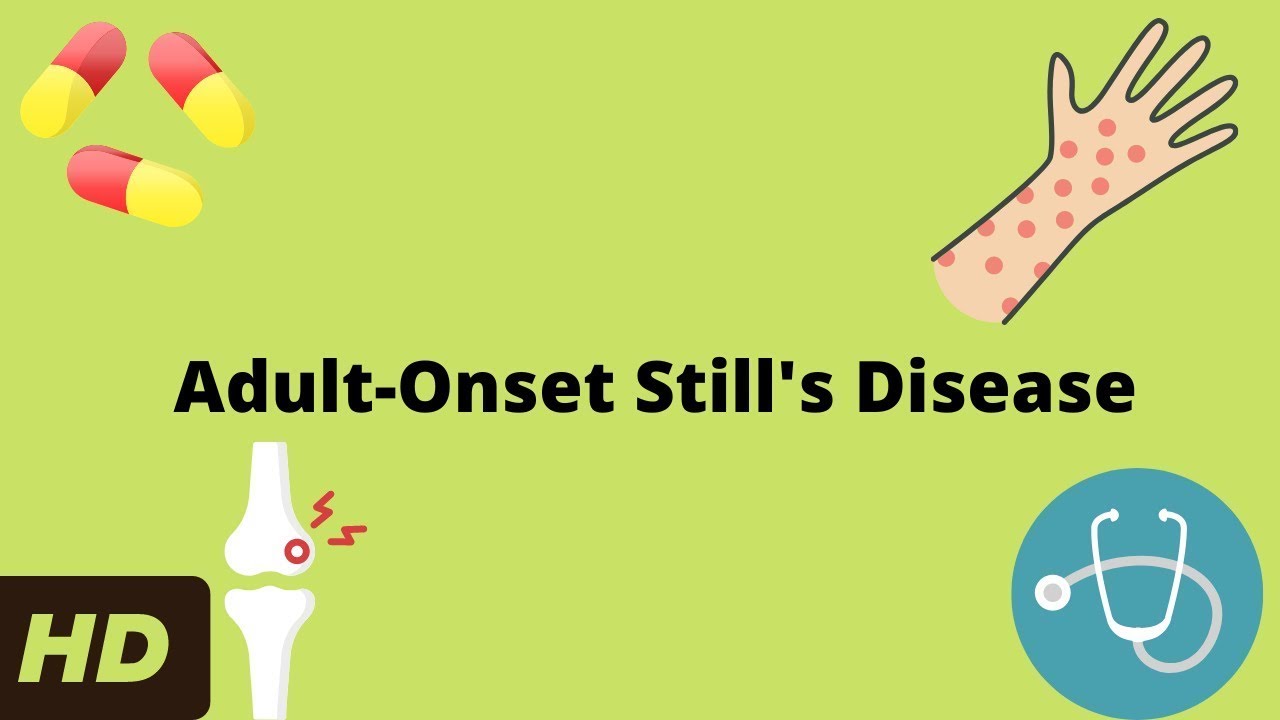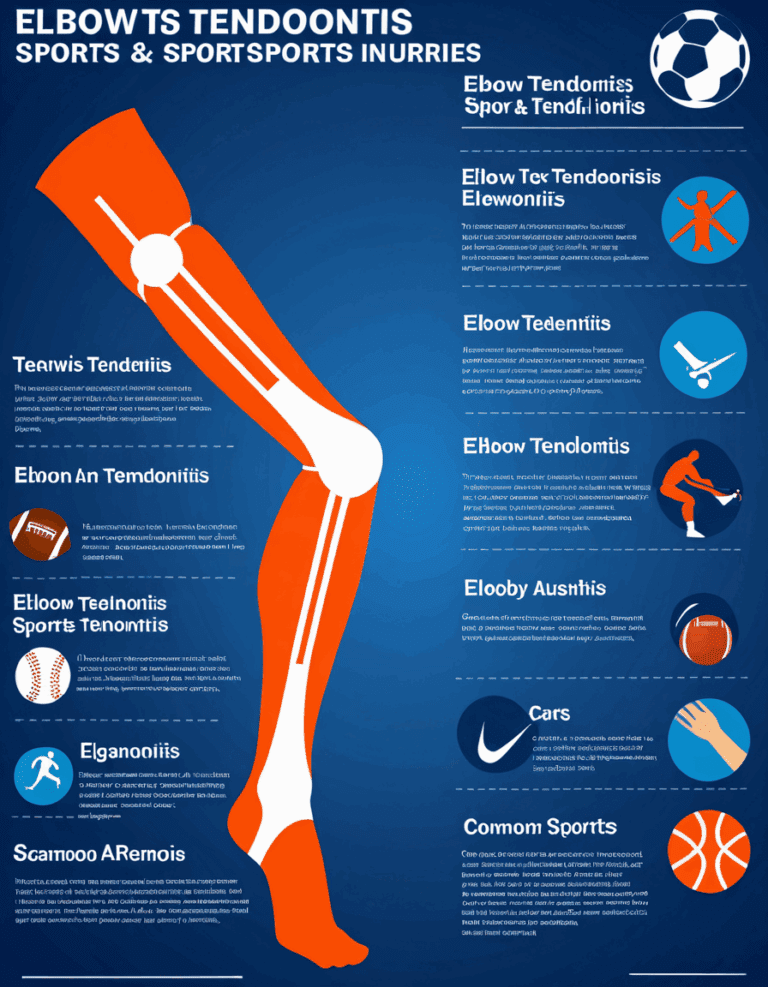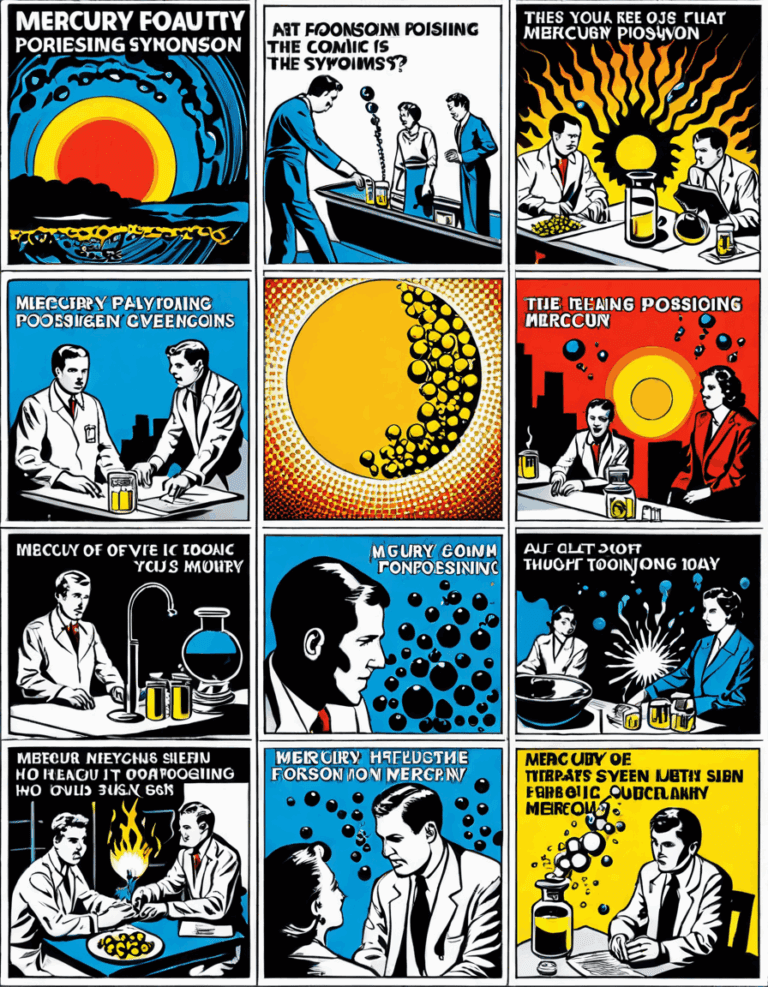Stills disease, also referred to as systemic juvenile idiopathic arthritis (sJIA) or adult-onset Still’s disease, can bring a whirlwind of confusing and difficult symptoms. In this article, we’re diving deep into the mystery of Stills disease—unpacking its many manifestations and exploring how they affect those battling the condition, aiming to foster understanding and support for anyone touched by this enigmatic illness.

The Multifaceted Symptoms of Stills Disease
Fever Spikes
One of the standout features of Stills disease is the persistent fever, showcasing a daily and somewhat predictable rhythm. Patients often report high fever spikes, frequently going above 39°C (102°F) in the afternoon or evening. This cyclical pattern can easily mislead doctors, as many illnesses that produce fevers appear similar. Remember, while that daily fever might feel confusing, it’s among the first signs to note.
Rash Characteristics
Accompanying the fever, patients can experience a distinctive salmon-colored rash. It’s elusive too, often popping up alongside the fever and then disappearing just as quickly. Sometimes the rash’s appearance can mimic other skin issues, complicating diagnosis even further. It’s crucial to pay attention to these unique rashes and the timing of their occurrence.
Joint Pain and Inflammation
Joint pain emerges as a prominent symptom, commonly presenting as arthritis that tends to affect joints asymmetrically. For example, you’re more likely to feel pain in one knee or wrist rather than both at the same time. This often leads to severe mobility challenges. Details about pain location can be crucial in making accurate diagnoses and getting the treatment needed.
Muscle Aches (Myalgia)
Those with Stills disease often endure severe muscle pain that can completely throw a wrench in their daily lives. Research shows that this myalgia can be a real game-changer, making previously routine activities feel monumental. It’s essential to distinguish these aches from other rheumatological symptoms, paving the way for effective treatment.
Lymphadenopathy
Swollen lymph nodes also appear as a significant symptom. As the body’s immune system kicks into gear, these nodes can balloon up, leading to misdiagnoses that confuse healthcare providers. Sometimes, they even raise fears of underlying infections or cancers. Comprehensive evaluations are a must during flares, and healthcare professionals should always consider Stills disease as a potential culprit.
Abdominal Pain
Stills disease doesn’t shy away from hitting the gastrointestinal tract. Patients may experience abdominal pain and nausea, prompting unnecessary procedures if a physician isn’t aware of this disease’s impact. It’s vital to connect these gastrointestinal issues to the broader landscape of Stills disease for proper treatment and support.
Fatigue and Malaise
Fatigue often creeps in like an uninvited guest, leaving many feeling drained and worn out. This fatigue can spiral into depression or anxiety, primarily due to its overwhelming impact on quality of life. Clinicians need to recognize this psychological burden and factor it into their treatment plans, ensuring supportive care that extends beyond physical symptoms.

The Importance of Early Diagnosis and Management in Stills Disease
Getting an early diagnosis in Stills disease is essential for mitigating long-term complications. Damage inflicted on joints and systemic complications must be prevented. Advanced imaging methods, such as MRI and ultrasound, are instrumental tools that help clinicians assess joint involvement effectively.
In addition, bringing a multidisciplinary approach to care is crucial. Including rheumatologists, physical therapists, and mental health professionals can empower patients by addressing every aspect of their lives—all while fostering a collaborative environment. Knowledge is power, and early intervention can pave the road to recovery or at least improve daily function.

Stills Disease: Treatment Advancements and What the Future Holds
Recent advances in treatment options for Stills disease are game-changers. Biologics like tocilizumab and canakinumab have transformed the way we manage the condition. By honing in on specific areas of the immune response, these therapies offer genuine relief to those affected, renewing hope where it was once diminished.
Nonetheless, continuous research into the long-term effects of these treatments remains crucial. As our understanding evolves, future therapies like gene therapy may offer permanent solutions, giving patients a chance at a life free from the shackles of this debilitating condition.

Navigating Life with Stills Disease: Patient Perspectives
Understanding Stills disease extends beyond the clinical perspective; it involves recognizing the real-life experiences of those impacted. Sharing personal stories can spotlight the importance of community support and advocacy for further research. Like sharing the way one might with friends over a barbecue, these stories form the backbone of resilience among those dealing with Stills disease.
Innovative patient-led initiatives and thriving online communities are redefining support networks. They serve as crucial platforms that spread awareness and offer emotional backing, showcasing that no one walks this road alone. Activism and solidarity can be key components in fighting the battle against Stills disease, transforming personal struggles into collective strength.
Ultimately, raising awareness around Stills disease—comprehensive understanding of its symptoms, impacts, and treatment options—can empower both patients and healthcare providers. As ongoing research continues unveiling more about this multifaceted condition, there’s hope on the horizon for better management and potentially, a cure.
Let’s support each other, seek knowledge, and inspire movement. Whether it’s about lifting weights or lifting spirits, we can all strive to face our challenges with relentless ambition. Remember, facing something like Stills disease takes grit and determination! Don’t let it define you—show the world in true Arnold style that you’re unbreakable!

Stills Disease: Exploring the Enigma Behind Its Symptoms
The Kickoff: What You Need to Know
Stills disease isn’t something you hear about every day—most folks are more excited by the latest blockbuster, say Raiders Of The Lost ark, than they are about obscure illnesses. However, this disease, a rare form of arthritis, can be a real game-changer for those who experience its relentless symptoms, like fever, rash, and joint pain. Did you know that this chronic illness is often mistaken for ordinary flu symptoms at first? Imagine thinking you’re merely under the weather, then dealing with a medical puzzle much deeper than a regular bug. It’s a bit like how some people don’t see the lurking dangers of a simple mosquito bite before realizing they need to reach for mosquito spray to fend off illness.
The Mystery of Symptoms
Symptoms of stills disease can mirror other conditions, leading to misdiagnosis. Isn’t that just wild? Sometimes, doctors must rule out other diseases like lupus or even infections before settling on stills disease. It’s kind of like how professionals sift through various possibilities before settling on one treatment, similar to figuring out which tattoo gun will give the best results. The experience can be frustrating, especially if the person affected is in significant discomfort while doctors are doing all this rule-out work.
Living with Stills Disease
Living with stills disease can feel like being on a roller coaster. Every day might bring new challenges, reminiscent of the highs and lows faced in the pursuit of one’s passions, like athletes overcoming concussion Treatments or managing mild concussion Symptoms. Did you know that some patients find relief with diet adjustments? For instance, incorporating rice water into their regimen could lead to surprisingly positive outcomes in how they feel. Another twist? Some individuals embrace a more active lifestyle—like adopting a playful blue Heeler as a furry companion—believing in the healing power of physical activity and companionship.
Final Thoughts
In the end, stills disease is a complicated puzzle. As people learn more about its various symptoms, they often share their stories to raise awareness, not unlike Apple Watts, who sheds light on her journey through health challenges. If you or someone you know is dealing with this condition, just remember: you’re not alone in navigating this tricky terrain. Finding community and support is crucial as you move through your daily struggles.


























